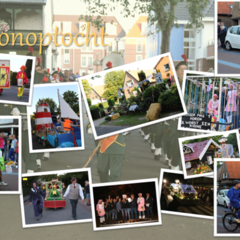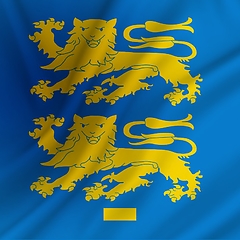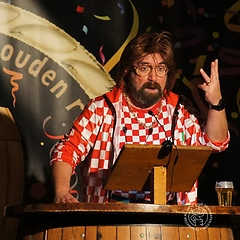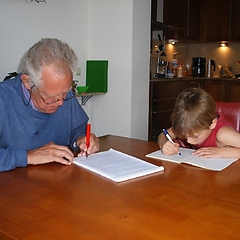Pipe smoking has a long history and is not much done nowadays. These last years the number of pipe lovers seems to increase slightly. Smoking a tobacco pipe demands a certain mental state. Pipe smokers highly value the experience. Pipe smoking must be actually learned. Various kinds of tobacco pipes may be used, made of wood or stone. Cleaning the pipe is a ritual in itself. One must discover which kind of pipe tobacco is tasty. Many pipe smokers attend monthly local and regional gatherings for pipe smokers. At these meetings not only pipes are smoked, but people also exchange experiences on the different tastes of tobacco, pipe types or history. Sometimes there are workshops at the better tobacconist. From inside the groups the collection and research of tobacco pipes is stimulated. To this end contacts are maintained with archaeologists, historians and curators.



